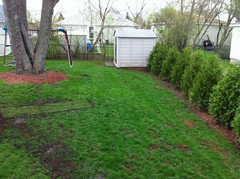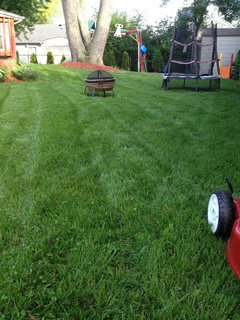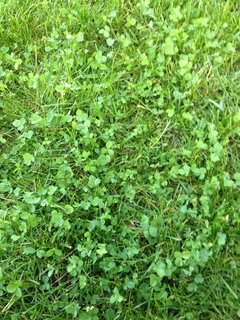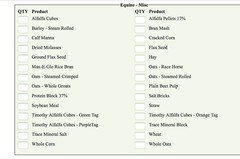Help Going organic in Chicago suburbs
omar80
10 years ago
Featured Answer
Sort by:Oldest
Comments (31)
Kimmsr
10 years agoomar80
10 years agoRelated Professionals
Allentown Landscape Architects & Landscape Designers · Horsham Landscape Architects & Landscape Designers · Beachwood Landscape Contractors · Dinuba Landscape Contractors · Dunwoody Landscape Contractors · East Patchogue Landscape Contractors · Hawthorne Landscape Contractors · Kahului Landscape Contractors · Kaneohe Landscape Contractors · Rochester Landscape Contractors · Quartz Hill Landscape Contractors · Cleveland Driveway Installation & Maintenance · Rancho Cordova Swimming Pool Builders · Madison Fence Contractors · Oro Valley Fence ContractorsKimmsr
10 years agodchall_san_antonio
10 years agoomar80
10 years agoomar80
10 years agoomar80
10 years agoomar80
9 years agomorpheuspa (6B/7A, E. PA)
9 years agoomar80
9 years agomorpheuspa (6B/7A, E. PA)
9 years agoKimmsr
9 years agoomar80
9 years agomorpheuspa (6B/7A, E. PA)
9 years agoomar80
9 years agomorpheuspa (6B/7A, E. PA)
9 years agofalcon5105
9 years agoKimmsr
9 years agomorpheuspa (6B/7A, E. PA)
9 years agoKimmsr
9 years agomorpheuspa (6B/7A, E. PA)
9 years agoKimmsr
9 years agomorpheuspa (6B/7A, E. PA)
9 years agoKimmsr
9 years agoomar80
8 years agogator8611
8 years agosc77 (6b MA)
8 years agogator8611
8 years agosc77 (6b MA)
8 years agokimmq
8 years ago
Related Stories

HOUZZ TOURSHouzz Tour: Breathing Easy in the New York Suburbs
Low-chemical furnishings make a family home easy on the nose, while transitional style makes it easy on the eyes
Full Story
ORGANIZINGGet the Organizing Help You Need (Finally!)
Imagine having your closet whipped into shape by someone else. That’s the power of working with a pro
Full Story
MOST POPULAR9 Real Ways You Can Help After a House Fire
Suggestions from someone who lost her home to fire — and experienced the staggering generosity of community
Full Story
STORAGEDownsizing Help: Shelve Your Storage Woes
Look to built-in, freestanding and hanging shelves for all the display and storage space you need in your smaller home
Full Story
LIFEDecluttering — How to Get the Help You Need
Don't worry if you can't shed stuff and organize alone; help is at your disposal
Full Story
SAVING WATERHouzz Call: Are You Letting Go of Your Lawn?
Many facing a drought are swapping turf for less thirsty plantings. If you’re one of them, we’d like to hear about it
Full Story
GREEN BUILDINGGoing Solar at Home: Solar Panel Basics
Save money on electricity and reduce your carbon footprint by installing photovoltaic panels. This guide will help you get started
Full Story
INSIDE HOUZZHouzz and the AIA Partner to Help Residential Architects
Better technology and public outreach are 2 goals of the new strategic partnership, announced at the AIA Convention 2014 in June
Full Story
HOUZZ TOURSMy Houzz: Contemporary Split-Level in Chicago
An art-collecting Illinois family transforms their 1950s home, starting with a complete color redesign
Full Story
BEFORE AND AFTERSInside Houzz: Ideabooks Propel a Major Chicago Remodel
Communicating redesign wishes was easy for a homeowner with Houzz’s tools at her fingertips
Full Story













morpheuspa (6B/7A, E. PA)